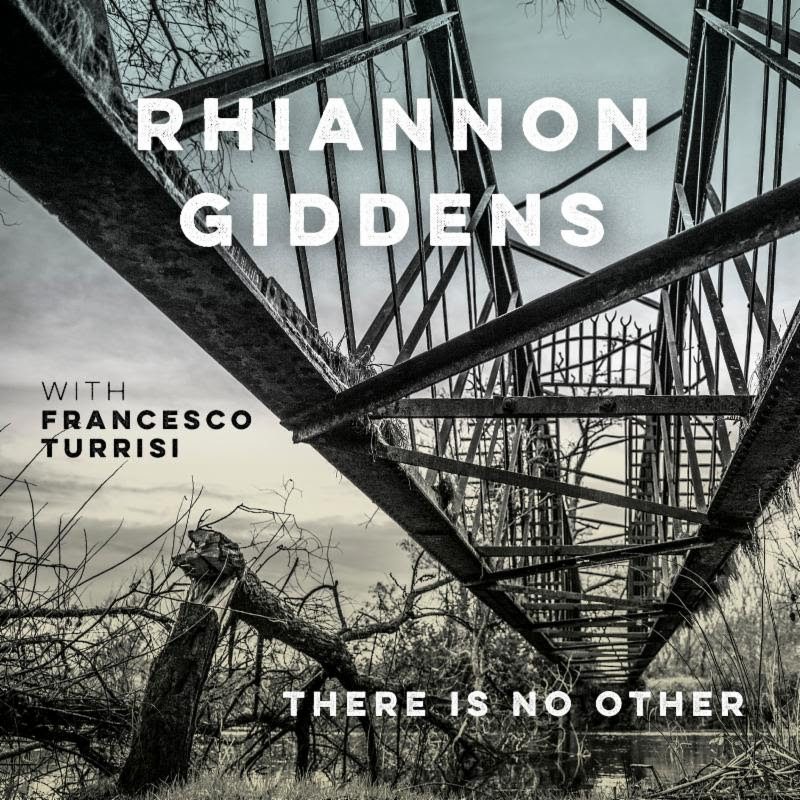A Range of Sounds and Traditions Unite to Prove ‘there is no Other’

Through her banjo virtuosity and strong, clear vocals, Rhiannon Giddens has been continually excavating the African diaspora experience, especially that of the American South. On there is no Other, Giddens collaborates with Italian multi-instrumentalist Francesco Turrisi to tell and retell stories of alienation and belonging. On these songs Giddens primarily plays a fingerpicked fretless minstrel banjo, while Turrisi plays a traditional frame drum and piano. The minstrel banjo and frame drum are both very old instruments, and they blend well to create a winsome sound. But these songs are as much about place as they are time, and it’s impressive how seamlessly Giddens and Turrisi can blend Arabic, African, Italian, and Americana sounds. (The two recently collaborated on the Nashville Ballet’s Lucy Negro Redux, which also incorporated a range of musical styles. See ND’s story on the ballet here.)
there is no Other is comprised of covers and Giddens’ original compositions. One standout adaptation is the duo’s take on “Wayfaring Stranger,” full of empty space that conjures up a sense of wandering beneath Gidden’s vocals. Elsewhere, their version of “Brown Baby” forces listeners to realize how little racial progress has been made since Nina Simone performed the song in the 1960s. Several songs come from operas, including “Trees on the Mountains” from Carlisle Floyd’s Appalachian-centered opera Susannah. Turrisi’s piano is prominent on that song, which also makes dexterous use of Kate Ellis’ hypnotic cello refrains. Uniting Simone and opera, Giddens and Turrisi also perform “Black Swan” (from The Medium by Gian Carlo Menotti), as popularized by Simone, lending a story of sad romance to the record.
In addition to the standards and arias, Giddens and Turrisi include some of Giddens’ original compositions, including album opener “Ten Thousand Voices.” Whether the songs are hers or covers, Giddens and Turrisi have made them their own through top-notch musicianship and eclectic global and temporal sensibilities.
The album title, there is no Other, of course indicts the ways we discriminate against one another. That meditation is clear philosophically but also musically. If we can make such powerful music with instruments and authorships from so many different regions and time periods, it asks, has there ever been an “other” at all?




